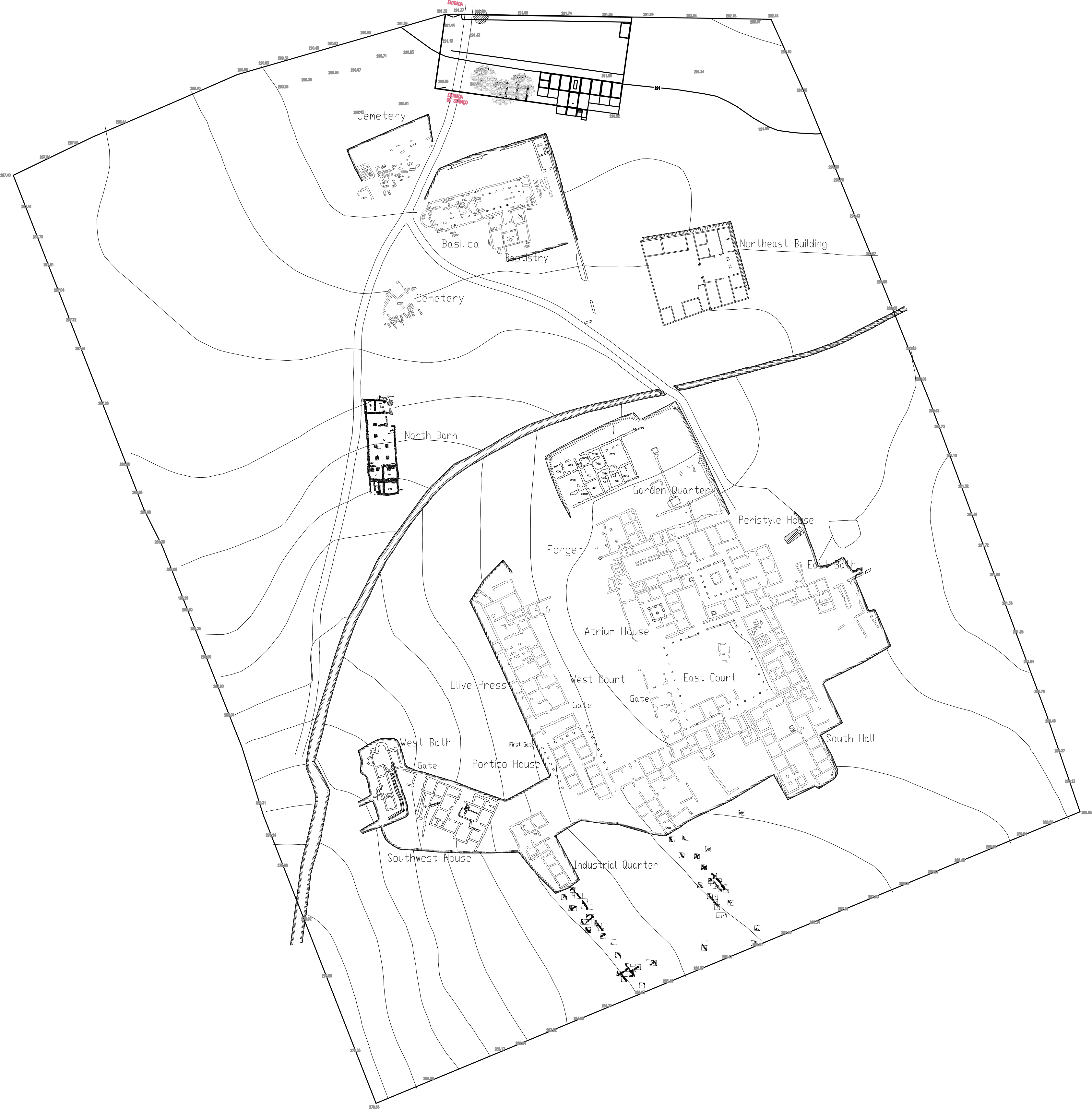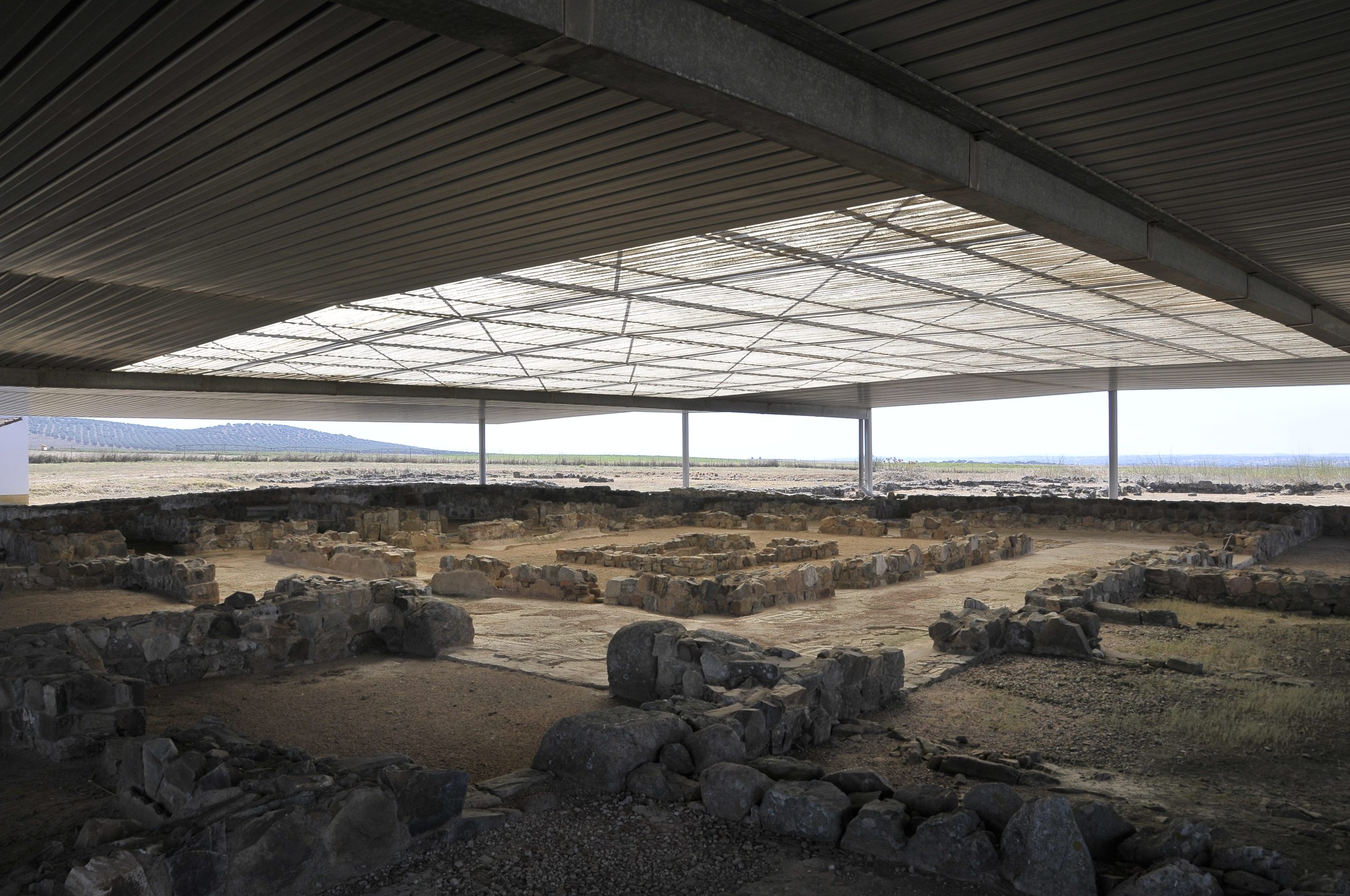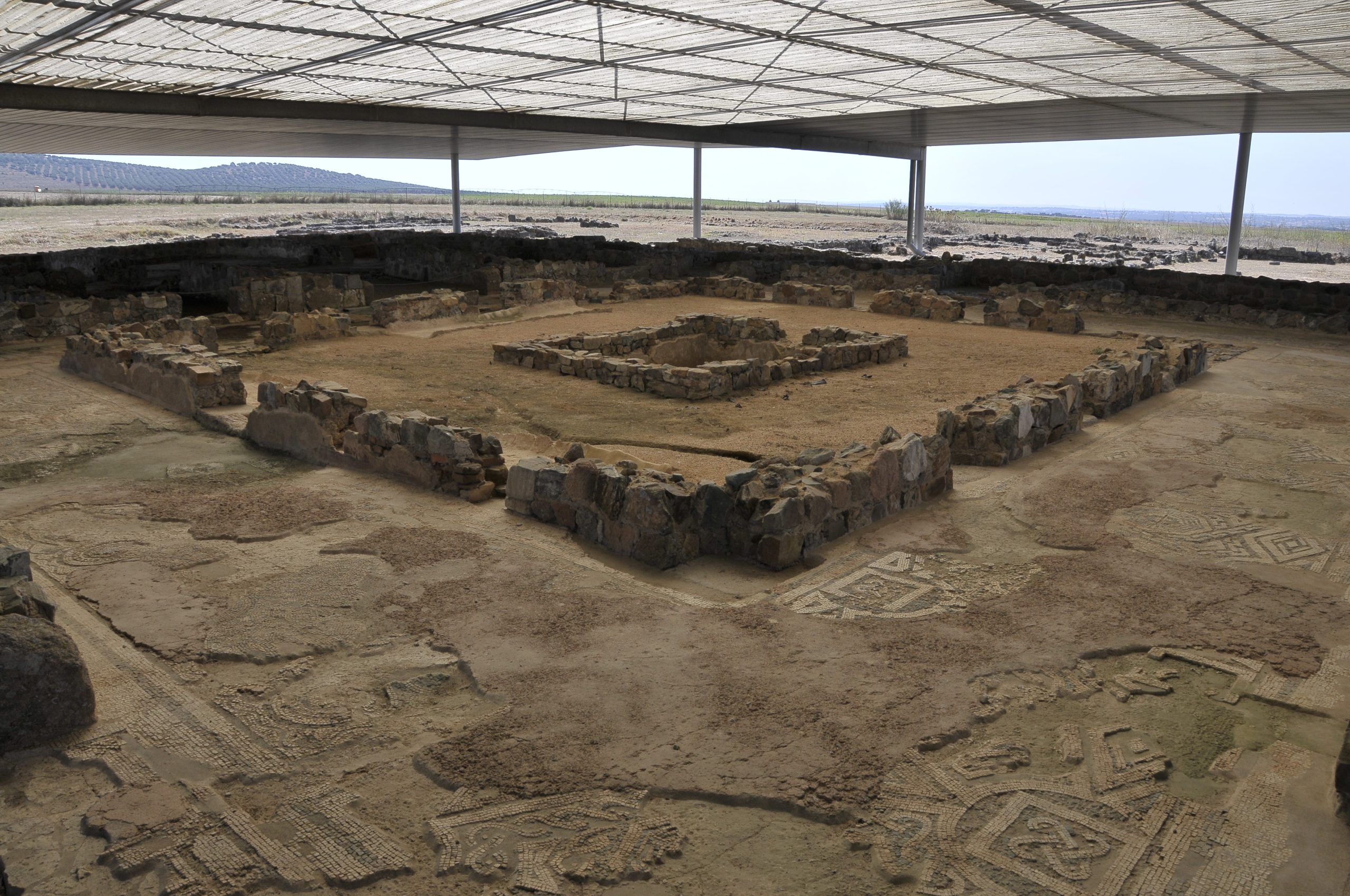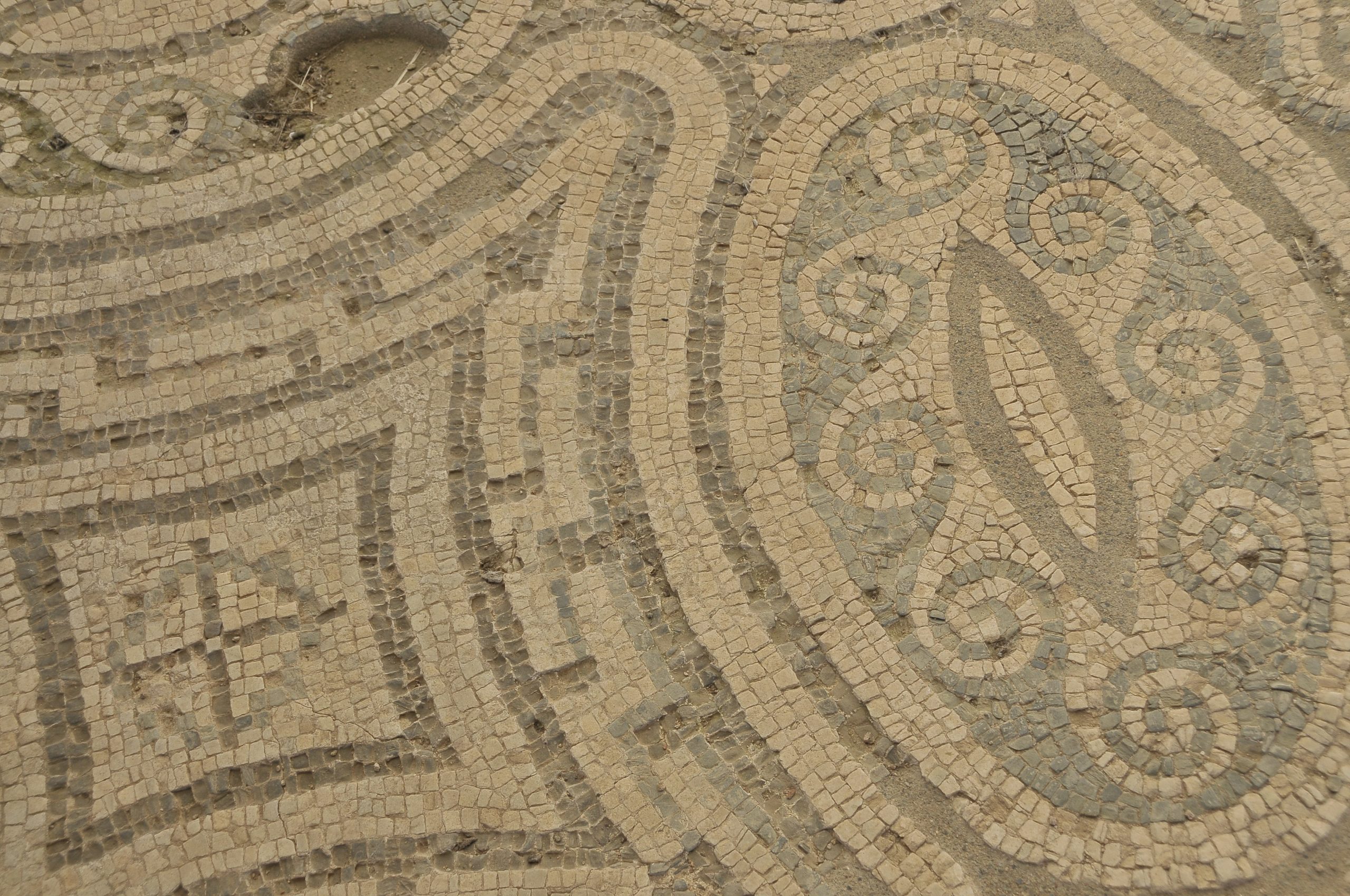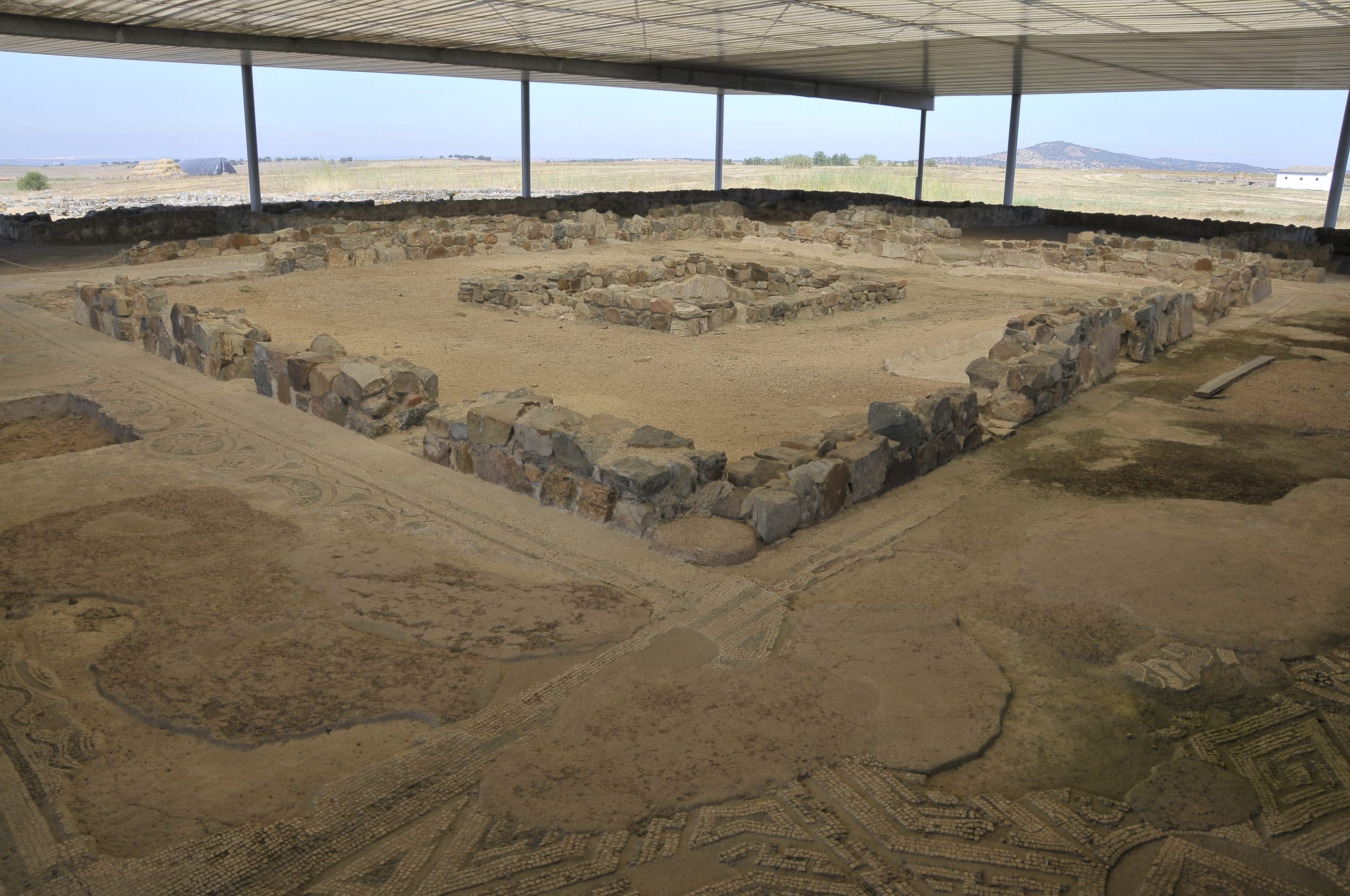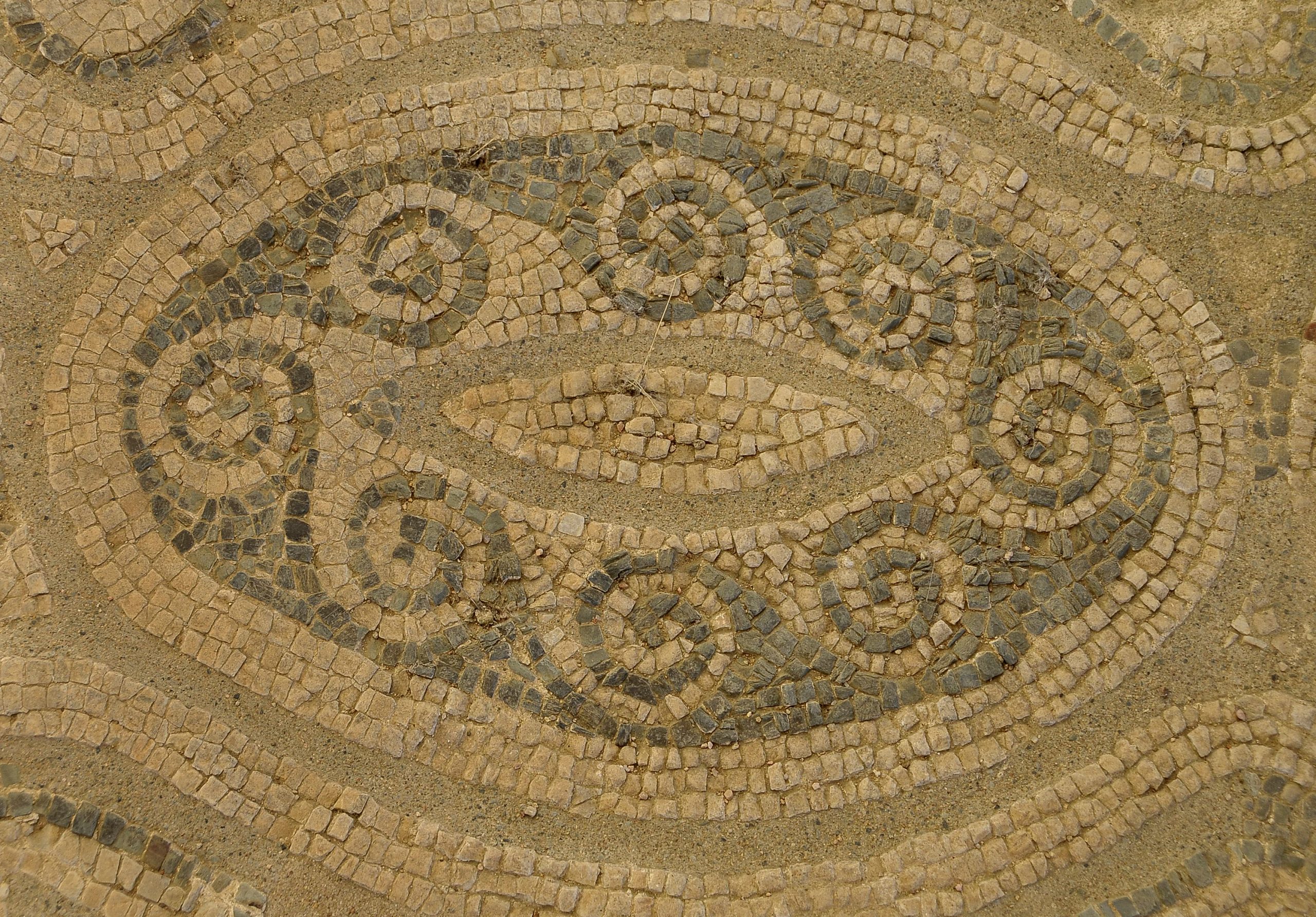Monforte
The Roman Villa of Torre de Palma
39º3'43.96"N / 7º29'18.68"O
Opening Time
Abril to September:
Monday to Saturday – 9.30 a.m. -1 p.m. / 2 p.m. -5.30 p.m.; Sunday and holidays – 10 a.m.-1 p.m.
October to December:
Monday to Friday –9 a.m.-4 p.m.; Saturday, Sunday, and holidays – 10 a.m.-1 p.m.
January to March:
Monday to Friday –9 a.m.-4 p.m.; Saturday –10 a.m.- 1 p.m.
Closed: January 1, Easter, Easter Monday, May 1, December 24, 25, and 31.
About
The Roman Villa of Torre de Palma
The site of the Roman Villa of Torre de Palma was first occupied during the Iron Age, between the late 7th century B.C. and the early 5th century B.C., when an incineration necropolis was installed here, and possibly some domestic structures.
A sizeable agricultural estate appeared in the Roman era. Its ruins now extend over 13,000 square meters and are divided by a small watercourse. It was an imposing villa with several construction and occupation phases, chronologically framed between the 1st and the 7th century A.D. This villa’s residential area (pars urbana) is organised around a peristylium (inner courtyard) with a rectangular plan, with accesses to several rooms, many of which are paved with high-quality mosaics. The triclinium (banquet hall) was decorated with a mosaic featuring a mythological scene (Mosaic of the Muse). The living room, or reception room, had a triple apse and a mosaic showing five horses, which may be related to horse breeding by the estate owners and/or their importance in sports. Both the Mosaic of the Muses and the Mosaic of the Horses are currently displayed in the National Archaeology Museum in Lisbon. The bath complex is located at the East and West ends of the villa and preserves traces of several compartments and piping systems. This villa’s pars rustica, the area dedicated to agricultural and animal breeding, is quite large, with many identified functional areas (olive oil and wine presses, forges), storage facilities, and rooms for servants and enslaved people.
In the late 4th/early 5th century A.D., a Paleo-Christian Basilica was built to the North of the Villa of Torre de Palma over one of the necropolises of the High Roman Empire. It had a rectangular plant, three aisles, a monumental Baptistery with a two-cross plan paved in marble, and an adjoining building (monastery or ecclesiastic school). Funerary areas appeared around this space of religious worship, stating the profound religious and ritual transformations that occurred during the Late Antiquity/High Middle Ages.
Access
Prepare your visit
The Roman Villa of Torre de Palma has a Reception and Interpretation Centre. It is located near the archaeological site's entrance and can be visited by people with reduced mobility (wheelchairs and baby strollers).
Access is made through EN. 369, from Monforte to Vaiamonte, in Herdade de Torre de Palma, approximately 5 Km from Monforte, to the left.
Phone: 245 578 067 (Monforte Tourism Office)
Email: info@cultura-alentejo.pt
Ticket price:
Adults – 2€
Seniors, disabled people, Youth Card, and Student Card – 1.5€
Children under 12 – Free
Groups – under 50 people, 1.5 € each; over 50 people, 1 € each.
Free: 1st Sunday of each month for individuals or groups (under 12 people); unemployed visitors who live in the EU; researchers/conservators/restorers, museum/heritage professionals in work assignments; ICOM, ICOMOS and APOM members; journalists in work assignments (with previous authorisation); all teachers/professors and students, including Senior Universities or Third Age Universities, in verified field trips, and booked in advance with the Monument’s Direction; accredited groups from Portuguese Institutions of Social Solidarity Institutions or Municipal Social Action Areas, or other public interest institutions, with previous authorisation, visitor with reduced mobility and one companion.
Reduced mobility
The archaeological site is accessible to people with reduced mobility (wheelchairs and baby strollers), but access is limited to the Basilica and the Baptistery. Children should always be accompanied by a responsible adult.
Guided tours
Guided tours are available. They must be BOOKED IN ADVANCE, depend on service availability, and cost 1€ per person (plus the ticket). To book this service, contact one of these services:
Monforte Tourism Office: 245 578 067
Tourism Service of the Monforte Municipality: 245 578 060
Direção Regional de Cultura do Alentejo – 266 769 800
Support
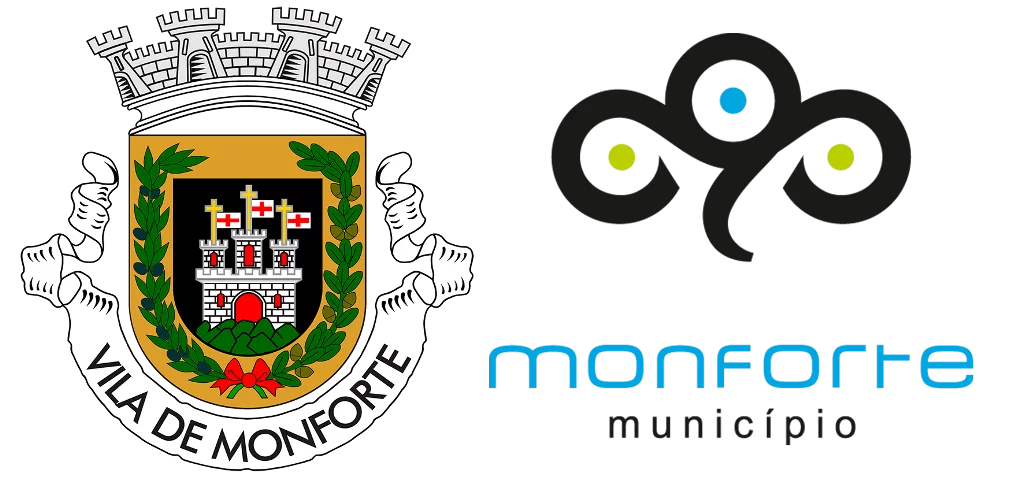
RESEARCH
Bibliography & useful links
ALARCÃO, Jorge de (1988). Roman Portugal: Gazetteer, Volume II, Fasc. 3 – Évora, Faro & Lagos. Aris & Philips LTD, Warminster, pp. 151-152.
ALMEIDA, Fernando de (1970). O mosaico dos Cavalos (Torre de Palma). O Arqueólogo Português, Série III, 4, pp. 263-283. Disponível em: Consultar Artigo Completo → [Consultado a 19/06/2023].
DIAS, Ana Carvalho (2001). Villa Romana de Torre de Palma. In Património / Estudos, n.º 1, Instituto Português do Património Arquitetónico, Lisboa, pp. 79-80.
HUFFSTOT, Maria da Luz (1991). A Basílica Paleo-cristã de Torre de Palma. In A Cerâmica Medieval no Mediterrâneo Ocidental, Lisboa, 16 – 22 de Novembro 1987, Campo Arqueológico de Mértola, Mértola, pp. 561-564.
LANGLEY, Maia; MATALOTO, Rui; BOAVENTURA, Rui (2008). A necrópole sidérica de Torre de Palma (Monforte, Portugal). In Sidereum Ana I, El río Guadiana en Época Post-Orientalizante, Anejos de AEspA XXXIX, pp. 282-303. Disponível em: Consultar Artigo Completo → [Consultado a 19/06/2023].
MALONEY, Stephanie J. (1995). The early christian basilican complex of Torre de Palma (Monforte), Alto Alentejo, Portugal). In 4ª Reunião de Arqueologia Cristã Hispânica, Monografies de la Secció Histórico-Arqueològica, Institut d’Estudis Catalans, pp. 449-458.
RAPOSO, Jorge (2001). Sítios arqueológicos visitáveis em Portugal. In Almadan. 2ª série: 10, Almada, pp. 100-157. Disponível em: Consultar Artigo Completo → [Consultado a 22/03/2023].
WOLFRAM, Mélanie (2011). Uma síntese sobre a cristianização do mundo rural no sul da Lusitânia: Arqueologia, Arquitectura e Epigrafia. Tese de Doutoramento em História, na especialidade de Arqueologia, apresentada ao Departamento de História da Faculdade de Letras da Universidade de Lisboa e Université Paris IV – Sorbonne. Disponível em: Consultar Artigo Completo → [Consultado a 19/06/2023]
https://www.patrimoniocultural.gov.pt/pt/patrimonio/itinerarios/alentejo-algarve/08/
https://arqueologia.patrimoniocultural.pt/index.php?sid=sitios&subsid=48169
http://www.monumentos.gov.pt/site/app_pagesuser/sipa.aspx?id=1853
https://www.cm-monforte.pt/index.php/pt/cultura/patrimonio-arqueologico/ruinas-de-torre-de-palma
https://nationalgeographic.pt/historia/grandes-reportagens/2955-torre-de-palma-opulencia-no-alentejo
https://www.jf-monforte.pt/freguesia/locais-a-visitar/3-villa_romana_de_torre_de_palma
